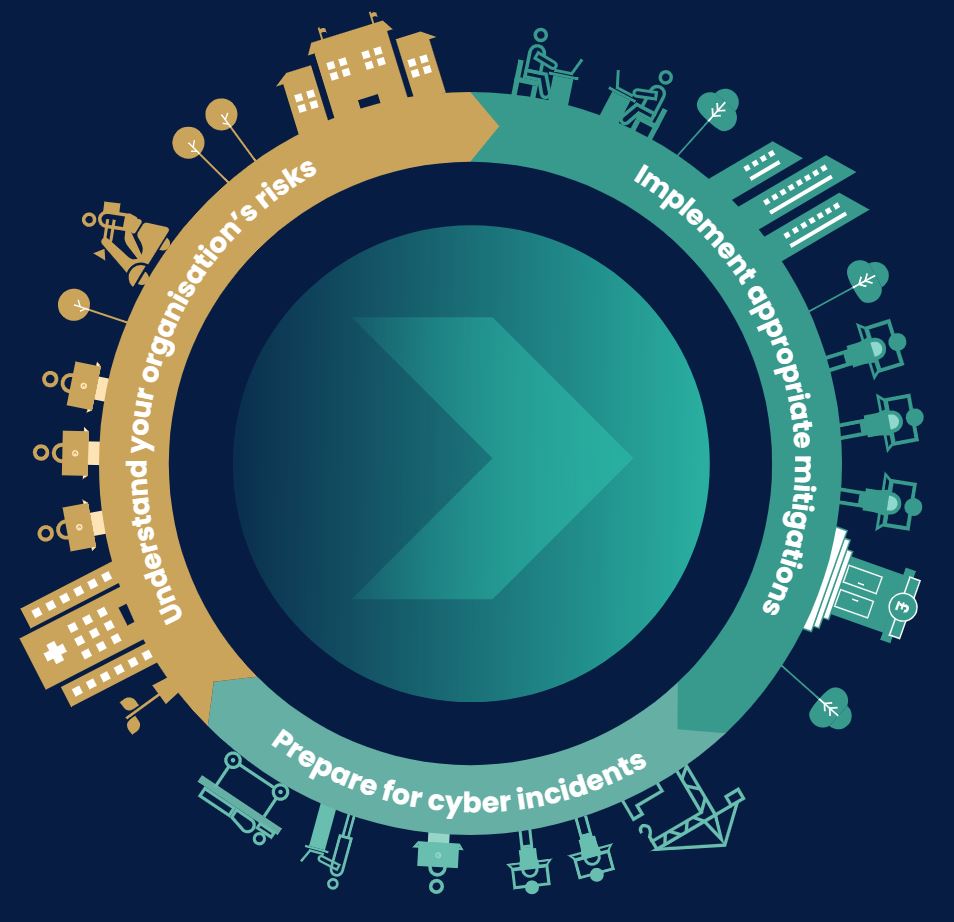Which Cyber Protection Condition Establishes a Protection Priority Focus on Critical Functions Only?
In today's digital landscape, cybersecurity has become a paramount concern for individuals and organizations alike. The ever-increasing sophistication of cyber threats necessitates the establishment of robust cyber protection conditions to safeguard critical functions. This article aims to explore the cyber protection condition that specifically prioritizes the protection of critical functions, providing insights into its importance and implications.
1. Understanding Cyber Protection Conditions:

Understanding Cyber Protection Conditions
1.1 Defining Cyber Protection Conditions: Cyber protection conditions refer to a set of guidelines and measures designed to protect computer systems, networks, and data from unauthorized access, disruption, or damage.
1.2 Importance of Cyber Protection Conditions: Cyber protection conditions play a crucial role in mitigating risks, enhancing cybersecurity posture, and ensuring the continuity of critical operations.
2. Exploring Protection Priority:

Exploring Protection Priority
2.1 Defining Protection Priority: Protection priority refers to the systematic arrangement of security measures, emphasizing the safeguarding of critical functions over non-critical ones.
2.2 Rationale for Protection Priority: Prioritizing the protection of critical functions ensures the resilience and uninterrupted operation of essential processes, minimizing the potential impact of cyber threats.
3. Introducing the Cyber Protection Condition:
3.1 The Concept of a Cyber Protection Condition: The cyber protection condition we focus on establishes a protection priority framework that solely concentrates on critical functions.
3.2 Objectives of the Cyber Protection Condition: The primary objective of this condition is to identify and secure critical functions through a prioritized approach, enabling effective cyber incident response.
4. Implications and Benefits:
4.1 Enhanced Risk Management: By focusing resources on critical functions, organizations can allocate their cybersecurity efforts and investments more strategically, minimizing potential vulnerabilities.
4.2 Streamlined Incident Response: Establishing a protection priority for critical functions allows for faster and more efficient incident detection, containment, and recovery, reducing downtime and mitigating potential damages.
4.3 Regulatory Compliance: Many industries have specific compliance requirements regarding the protection of critical functions. Implementing this cyber protection condition can assist organizations in meeting these obligations effectively.
5. Comparison and Analysis:
To provide a comparative analysis, the following table highlights different cyber protection conditions, emphasizing their approach towards protecting critical functions.
| Protection Condition | Approach to Critical Function Protection |
| Cyber Protection Condition A | Focuses on all functions equally |
| Cyber Protection Condition B | Prioritizes critical functions over non-critical ones |
| Cyber Protection Condition C | Provides a tiered approach, based on criticality |
In conclusion, the cyber protection condition that establishes a protection priority focus on critical functions only is essential in today's cyber threat landscape. By emphasizing the protection of critical functions, organizations can enhance their cybersecurity posture, mitigate risks, and ensure uninterrupted operations. Implementing this condition brings numerous benefits, such as improved risk management, streamlined incident response, and compliance with industry regulations. By understanding the significance of this cyber protection condition, organizations can proactively strengthen their defenses against cyber threats and safeguard their critical functions.